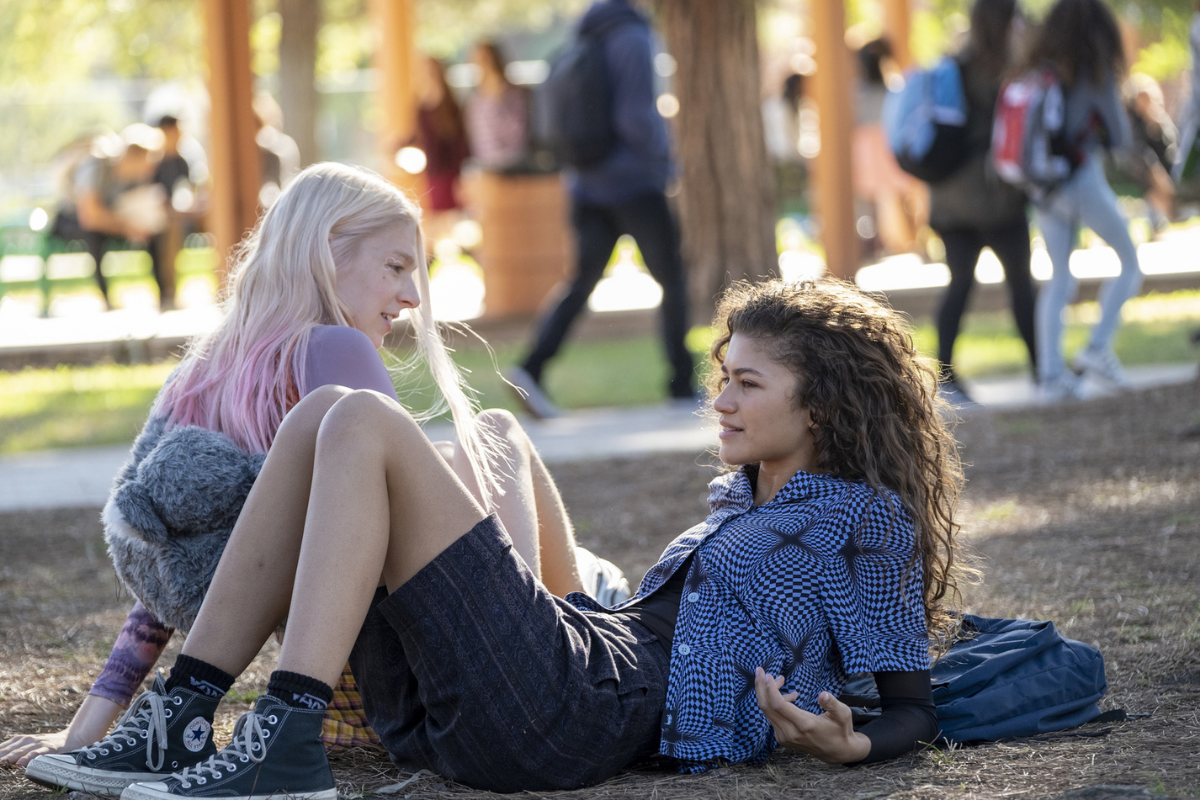
I could rant about this topic forever. The idea that a lesbian relationship is different from that of a heterosexual couple is definitely not a unique one; however, it’s one that I have pondered about for ages. As someone who has surrounded myself with straight girls my entire life, I have been pleasured with both perspectives when it comes to finding, keeping, and growing love. This has given me insight into this theory that lesbian lovers have an almost inhumane connection that fundamentally changes them; in fact, it is not a phenomenon but rather very common.
Now, don’t take anything I’m saying here as bible, but I will say I have all the credentials to discuss this issue. 1. I’m a lesbian, and 2. I have had my fair share of women “fundamentally” changing me. But all of this is beside the point. The point is that a lesbian relationship or situationship goes deeper than just a cute little fling; it’s how I put it, an epidemic.
When I first drafted this essay, I tried to make it profoundly poetic and insightful, but I found that my message got drowned out by the fancy words and proper punctuation. So, I decided to rewrite it in a truly authentic way. This is an accumulation of my thoughts; it’s messy and unorganized. But honestly, I find that this structure is more relevant to this topic anyway. Although most parts of being a lesbian I do find to be beautiful and poetic, this is one of those niche parts that is only described as messy. So, without further adieu, this is the epidemic that is lesbianism.
To start, the initial difference I see between a lesbian relationship and a straight one is the build-up. I’m not talking about a typical slow burn that you see in books and movies; I’m talking about the pent-up confusion that has accumulated from being a child in the closet. Your whole life, you are conditioned to want and, in a way, need one thing: a man. You’re told and often dream of a man marrying you and giving you children. In a way, the only purpose of your life that you’re taught as a child is to please a man and center your life around one. So naturally, when you uncenter your life from men and explore other options, you gain a sense of confusion and anger. Then, on top of that, you are experiencing things such as love and lust for the first time one step behind. These emotions that your peers felt in middle school you are just now feeling as an adult, making these emotions all the more powerful.
So that leads us to the first relationship; now you’re not the only one feeling these built-up emotions. You have found someone who finally understands you, relates to you, and, in some ways, that helps. It feels good to be understood. However, in other ways, that just makes everything worse because now you have two sources of this unresolved trauma and frustration feeding into each other. You adopt a sort of me-and-you-against-the-world mindset with this person. They may be the only person who knows this secret about you, or they may just be the only one who fully gets it. Either way, this creates a rather dangerous bond or attachment that we will get more into later.
Next, scarcity manifests when you finally find someone who makes you feel all these things after your whole life feeling incapable of experiencing them. You think they are the only person who can make you feel this way. You find one person that you believe is your forever just because you are scared that they are the only one of their kind out there. You don’t actually love them; you are just scared that this is the only form of love you’ll find simply due to the lack of queer people around you and your lack of experience.
So, let’s circle back to the attachment I keep bringing up. This attachment is built off factors such as scarcity or the you-and-me-against-the-world mindset, but the real hypothesis produced from it is that attachment can feel a lot like love, and that is where the epidemic comes in. Attachment is dangerous because it’s not built on love. It’s built on fear—fear of being different, fear of judgment, and fear of being alone entirely. A lesbian’s first love is not love at all. It’s attachment—an epidemic, a lifeline, an outlet, and unfortunately, sometimes, that is worth more than love.




